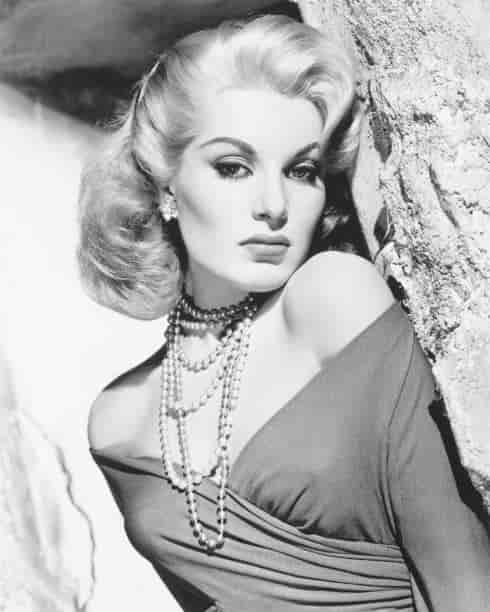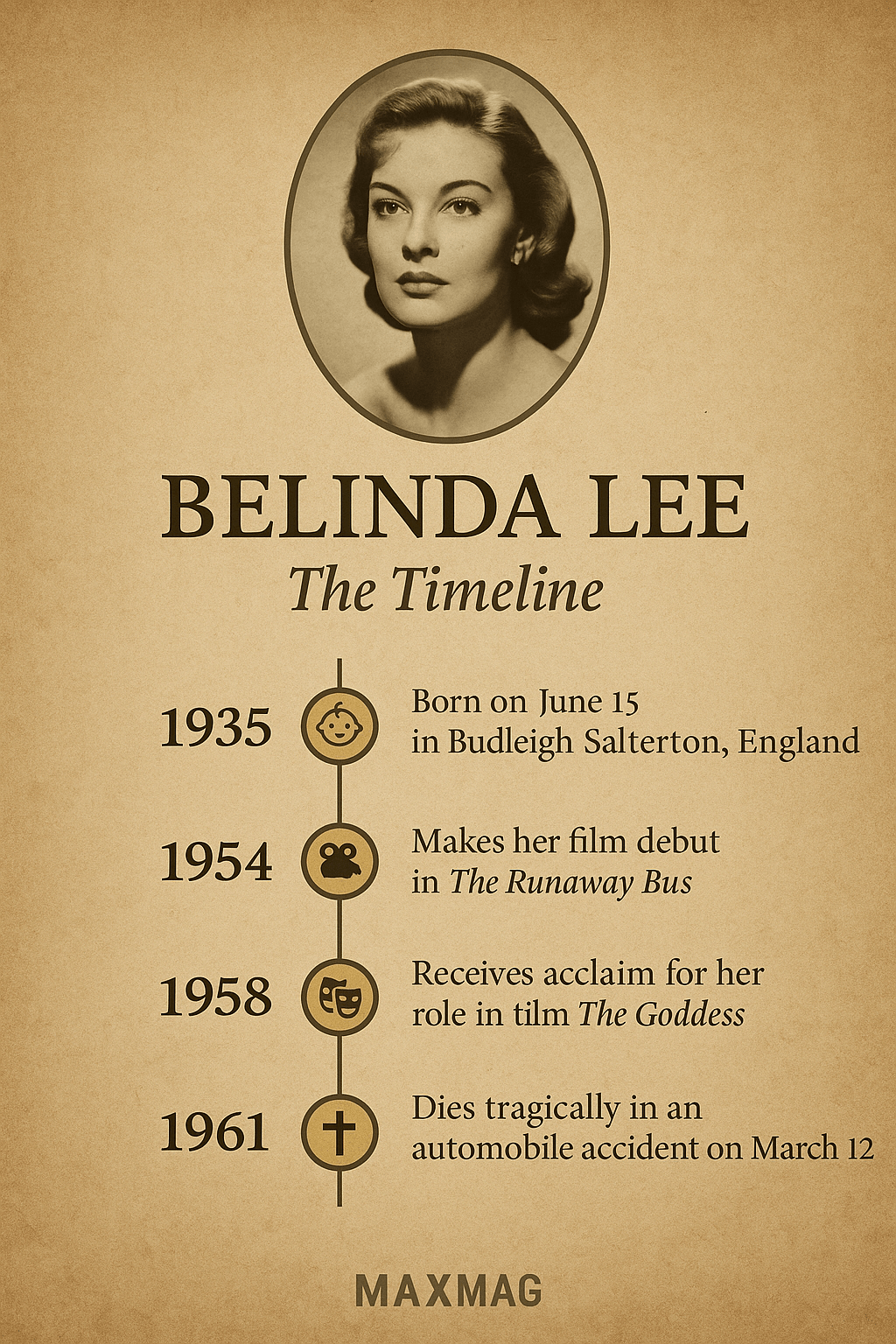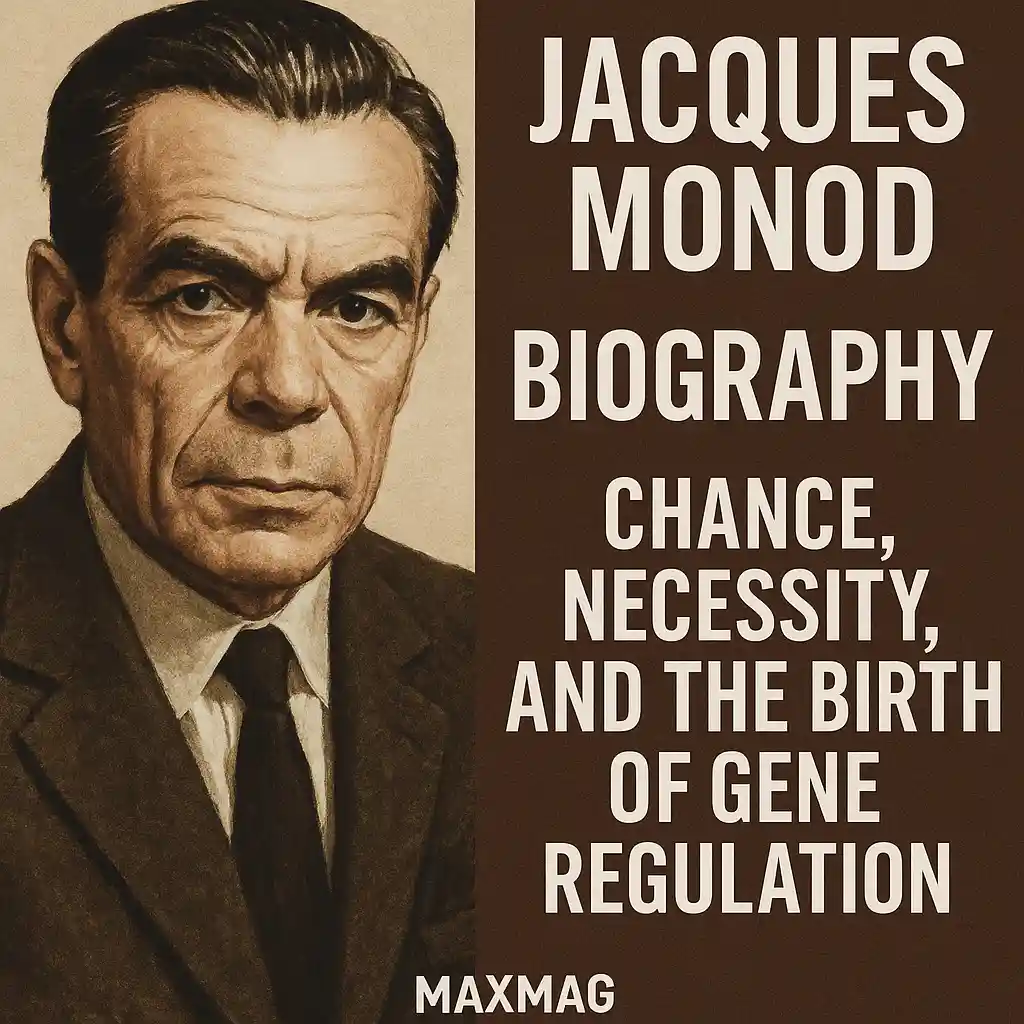
Belinda Lee biography is a tale that captures both the promise of a rising star and the tragedy of a life cut short. Born in 1935, she entered the British film industry during a transformative era. British cinema was moving toward a more glamorous and polished style, influenced by the growing presence of Hollywood. Lee, with her striking beauty and innate talent, quickly garnered attention, earning her early roles in films where she was often cast as the glamorous leading lady.
Her career flourished as the 1950s progressed. She skillfully transitioned from small, modest parts to more prominent roles, eventually earning the label of one of the “glamorous blondes” of British cinema. However, Belinda Lee’s story is not just about beauty—her performances showcased her acting range and ability to embody both innocence and sophistication. Her breakout performance came in 1956 when she starred in Who Done It? alongside comedian Benny Hill. This film marked a pivotal moment in her career, propelling her into the spotlight and proving her potential beyond the stereotypical roles that actresses like her were often offered.
A Glamorous Life Off-Screen
In addition to her acting career, Belinda Lee biography is also marked by a series of high-profile relationships that captured the media’s attention. In 1954, during a photoshoot for The Runaway Bus, Lee met and fell in love with photographer Cornell Lucas. The two quickly fell for each other and married in June of that year. Their relationship was one of the most talked-about celebrity couples of the time, and their union seemed to symbolize the glamour of post-war Britain. However, their marriage was not meant to last, and they divorced in 1959. Despite this, the two remained on good terms, and their relationship continued to be amicable even after their split.
After her divorce from Cornell Lucas, Lee entered into a relationship with Prince Filippo Orsini, the head of the prestigious Orsini family. Their relationship was widely covered by the press, and the couple was often seen at various events. However, like her previous relationship, this one too came to an end by the end of 1959.
For more on her life and career, you can visit The American Film Institute which offers in-depth resources and profiles on film history.
The Tragic End to a Promising Career
At just 25 years old, Belinda Lee seemed to be on the cusp of an exciting new chapter in both her professional and personal life. In late 1960, she became engaged to director Gualtiero Jacopetti, and her future seemed filled with promise. However, fate had other plans. On March 12, 1961, Belinda Lee biography took a tragic turn when she died in a car accident while traveling with her fiancé, Jacopetti, in California. Her untimely death at the age of 25 shocked the film industry, and she was mourned by both fans and peers.
At the time of her passing, Lee’s career was in a period of transition, and many believed that she was on the verge of a new wave of success. Unfortunately, her death ended that trajectory. The world lost a talented actress with immense potential, leaving fans and critics to speculate on the great work she could have contributed had she lived longer.

The Legacy of Belinda Lee
Despite her tragic passing, Belinda Lee biography continues to resonate with those who have rediscovered her films. She was one of the rising stars of British cinema, known not just for her beauty but for her acting talent as well. Her brief career left an indelible mark on the film industry.
In many ways, Belinda Lee represents the untapped potential of many rising stars whose careers were cut short. She was a natural talent whose career was full of promise, yet she never had the chance to fully realize her potential. Today, her films remain a testament to her ability, and though she is not as widely recognized as some of her peers, her legacy endures.
Lee’s legacy is bittersweet. She was poised to be one of the defining actresses of her generation, and her untimely death left fans and critics wondering about the roles she could have played, the films she could have influenced, and the legacy she could have left.
For an in-depth history of the film industry, visit the Library of Congress which offers resources and archival information on cinema.
Belinda Lee Biography: The Star That Never Fully Shone
Belinda Lee’s name may have faded from mainstream recognition over time, but for those who study the stars of British cinema, her legacy is one of unrealized promise. Lee was a symbol of the glamour and excitement of the 1950s, and though her time in the spotlight was brief, her work continues to inspire those who take the time to watch her films.
She may not have had the chance to build a long-lasting career, but Belinda Lee’s presence on screen was undeniable. Her story is a reminder of how fleeting fame can be and how life can change in the blink of an eye.
FAQ Section
Q1: Who was Belinda Lee?
A1: Belinda Lee was a British actress who appeared in numerous British films during the 1950s and early 1960s. She is best known for her roles in Who Done It? (1956) and The Feminine Touch (1956).
Q2: How did Belinda Lee die?
A2: Belinda Lee died in a car accident on March 12, 1961, while traveling in California with her fiancé, Gualtiero Jacopetti. She was only 25 years old.
Q3: What was Belinda Lee’s most famous movie?
A3: One of Belinda Lee’s most famous films is Who Done It? (1956), where she starred alongside Benny Hill.
Q4: What was the impact of Belinda Lee’s death on the film industry?
A4: The film industry was shocked by her sudden death, as Lee had so much more to offer. She was a rising star whose potential was tragically never fully realized.
Q5: Why is Belinda Lee’s career considered unfulfilled?
A5: Lee’s career was cut short at just 25 years old due to her untimely death. She had just begun to take on more complex roles, which led many to believe that she would have achieved much greater success had she lived longer.
Q6: What legacy did Belinda Lee leave behind?
A6: Though she had a brief career, Belinda Lee is remembered for her performances and the potential she showed. Her films continue to hold a special place in the hearts of classic cinema enthusiasts.




